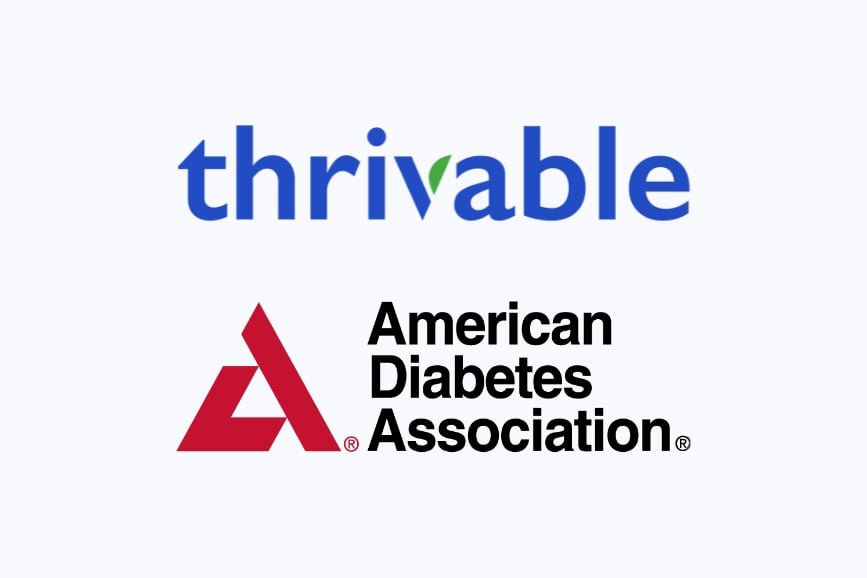Blog
Panel Diversity: Inclusive Strategies for Healthcare Market Researchers

Jackie O’Connell, PhD
Senior Market Research Manager
Insights

Whether you have to test the usability of your latest product prototype or want to know which messages are most effective in connecting with your audience, true success depends on the ability to conduct inclusive market research. It’s also the right thing to do.
Gaps in health disparities grew even worse during the pandemic
Awareness of health disparities, particularly gaps in access to care and early detection of disease, isn’t new. But the pandemic revealed the striking severity of these gaps and the challenges that remain to ensure health equity for all. Consider Thrivable’s research partnership with the American Diabetes Association, which found that among roughly 3,500 Americans living with type 1 or type 2 diabetes, more than 35% of Latinx respondents reported missing their routine medical appointments during the pandemic lockdown — compared with 23% of white respondents.
Inclusivity in market research is critical for improving health outcomes and developing commercially successful products. Given the increasing importance of patient insights in the development of the next generation of healthcare products and services, market researchers can both improve equity and create products that will resonate with more market segments by employing inclusive strategies.
Three factors that drive inclusive market research
Following the best practices that help build an engaged research community is always a good place to begin. But other factors must be considered in order to conduct inclusive market research that yields diverse perspectives.
#1. Start at the beginning. Establish goals for panel diversity at the outset. What does the patient population look like and how can you recruit respondents that reflect the broader population? What challenges do you anticipate and how can the market research team overcome them? What should the team do to make sure that all participants are comfortable sharing how they think and feel?
Posing these questions early in the process uncovers potential barriers specific to diversity that can be addressed as you move forward with research design, execution, and analysis, as well as recruitment.
#2. Scrutinize the project logistics. Think through all aspects of how the project will be run and what the logistics mean for participants. For example, if you’re conducting an activity that must be completed during a specific time period, such as an onsite usability study or an online focus group, determine the best hours for accommodating various schedules as opposed to scheduling it between typical 9-to-5 hours. If your activity is in person, getting there should be convenient for everyone. Evaluate the location from this standpoint and consider child care and transportation stipends so that lower-income individuals can participate.
While it’s always been important to create online surveys that are mobile-friendly, designing a survey that can be completed easily on a smartphone will further your ability to capture diverse perspectives, too, as not everyone has access to a laptop or desktop computer.
#3. Be sensitive to language and cultural nuances. Always confirm that the language you are using is respectful, objective, and sensitive to the needs of all participants. Review each question to check that you're not inadvertently using words or phrases that could have a negative connotation. Make sure that response options for close-ended survey questions cover the full list of experiences from the member perspective, too.
You can also ask a broad range of individuals to review the materials for your research activity, such as testing an online survey or reading through discussion guides and interview questions, before moving forward with execution. Even better, use the “think-aloud” method — which asks potential respondents to go through the survey questions and verbally tell researchers how they would respond — to diagnose any problems before survey launch. And, depending on the target population, hiring a bilingual moderator who has been trained to facilitate inclusivity for your usability studies, focus groups, and interviews may be necessary to achieve success. In fact, increasing the diversity of moderators and other market research team members should be a priority for any organization that wants to continually diversify research panels and offer inclusive experiences.
Finally, when gathering highly specific demographic data as part of the research effort, be clear about why you’re asking for it and how it will be used. Some respondents won’t give these types of questions a second thought. Others may be very uncomfortable answering these questions without an explanation and the promise of anonymity.
Inclusive market research begins with the recognition that each patient is unique and likely to have distinct experiences even when managing the same health condition. Keeping this in mind throughout all phases of the research effort allows your team to gather insights that are truly representative of the patient population, which leads to better products and services and healthier patients.
About the author

Jackie O’Connell, PhD
Senior Market Research Manager
Before joining Thrivable, where she manages the successful delivery of healthcare research projects for customers, Jackie oversaw research teams at airports across the country for Global Resource Management’s travel and tourism clients. She also served as a study director at Market Facts and the manager of survey services at the Center for Strategy Research. Jackie holds a PhD from the Annenberg School for Communication at USC.
Related Content
-

-

Research Report
Impacts of COVID-19 on Patients With Diabetes: July 2021 Survey Report
Market Research
-



